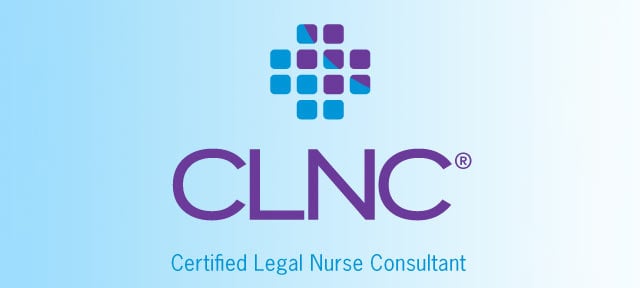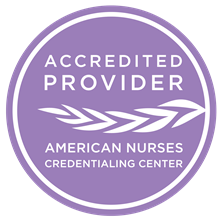Certified Legal Nurse Consultants have long known that the pharmaceutical and medical device industries have a vested interest in not only making sure that their products get wide distribution on the market, but also that they gain favorable press coverage in the healthcare and mainstream media. The extent of the “full court press” they make to gain such coverage takes on different extremes. Everything from parties, trips, gifts and research sponsorships are used to help influence writers. Another popular but hidden measure is the use of ghostwriters. They are often hired by the pharmaceutical or device industries themselves to write the articles, which are then submitted under the signature of an “impartial” doctor. Sometimes the so-called “ghost” may simply have ties, such as a sponsorship from the related industry or manufacturer, but other times the ghost may actually be part of the industry being written about. Just to name a few, many of you will remember the controversy surrounding disclosures of this practice related to Fen-Phen, Vioxx and Premarin.




